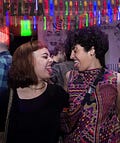Sitting at the mouth of two of Argentina’s largest rivers, Buenos Aires is known for its charming avenues filled with tree-lined sidewalks, intricate architecture, old-world plazas, and a liberal laissez-faire attitude. The country’s capital has an expansive metro system coined the “Subte” (Subterráneo) which is adorned with colorful tiles frescos, some even dating back to its inception in the early 20th century. Referred to by locals as the “Paris of South America”, the city's cultural heart is undoubtedly the neighborhood of San Telmo, which gives a distinctly European vibe. Wander through the narrow cobblestone streets alongside historic businesses, pop into quaint coffee shops to nibble on freshly made Alfajores cookies, or sip on a glass of Malbec in a candle-lit queer milongo (tango lounge).
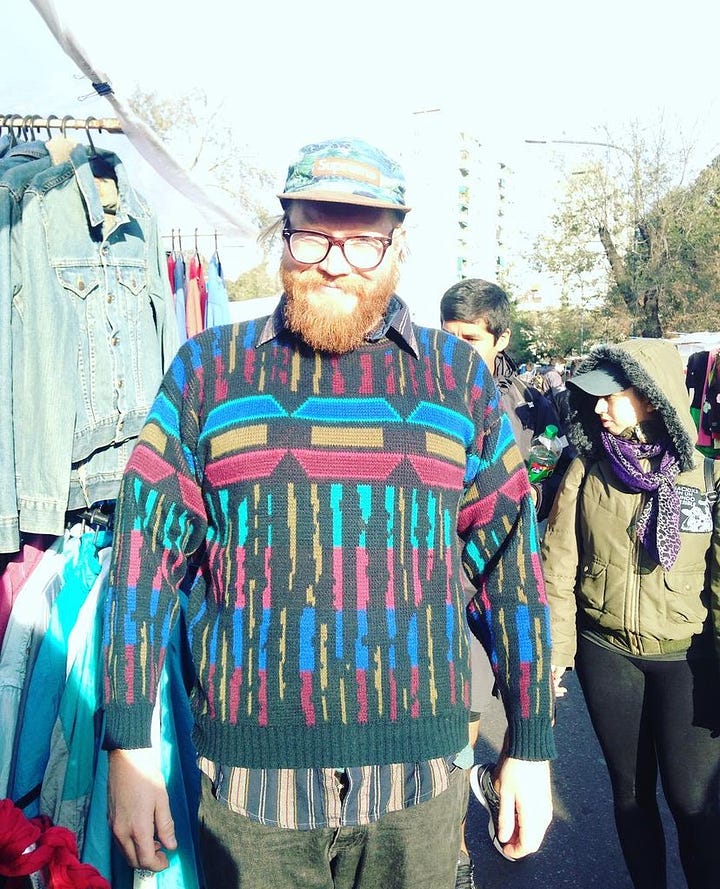
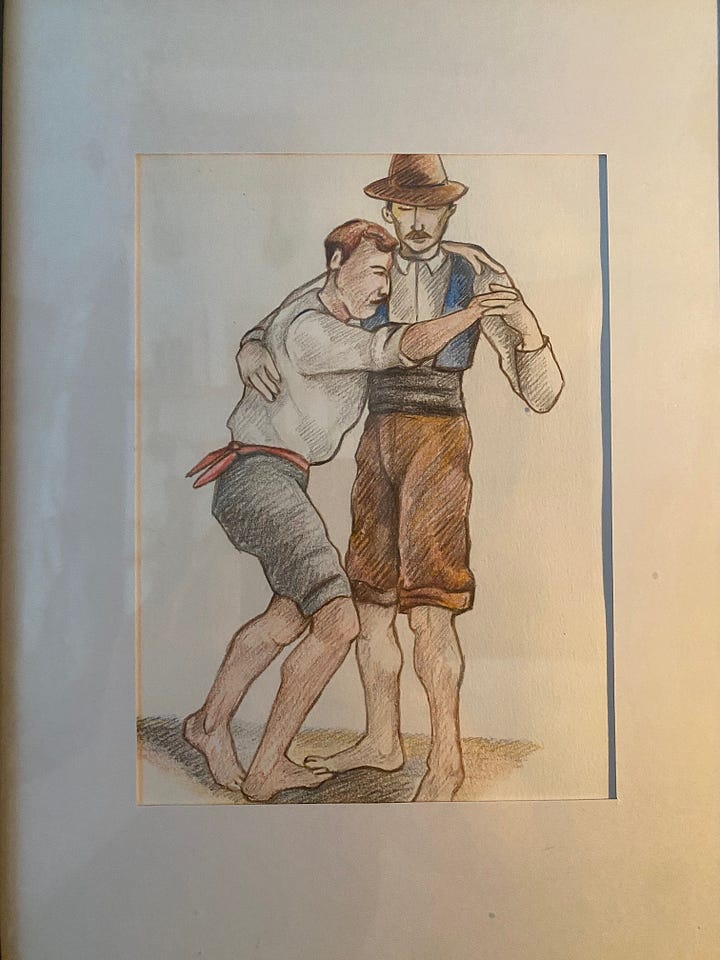
On Sundays, the streets are bustling with excitement as locals and tourists alike flock to the San Telmo Street Fair to search for antique and handmade treasures. Just down the street evocative exhibitions oozes from the sleek Museum of Modern Art. Around the corner queer oasis, Pride Cafe serves local fare and silky smooth cortados alongside a sunny sidewalk patio ideal for people watching BA’s cosmopolitan citizens. By night the space transforms into a Fernet-fueled performance space where you can catch anything from local drag to live musicians to epic dance parties

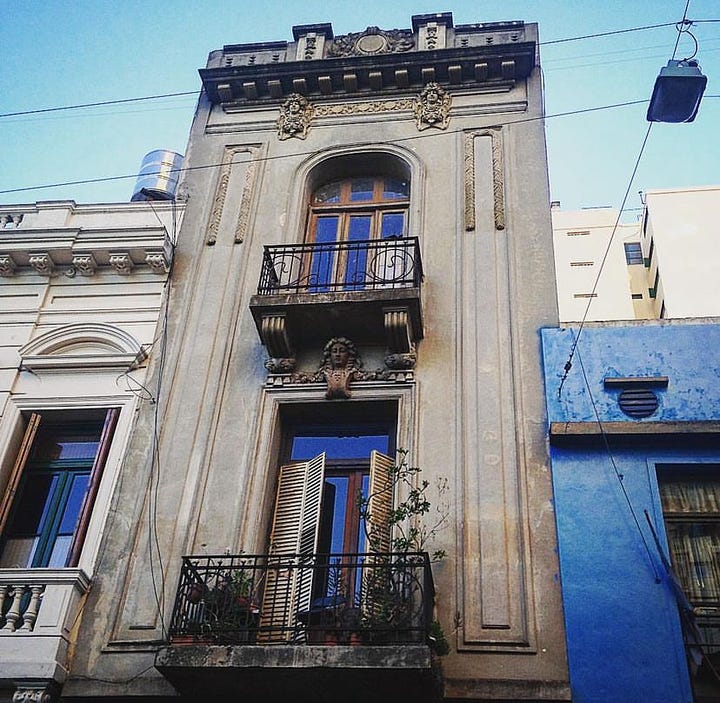
To the south of the city, La Boca’s flamboyant colored houses, quirky street art, and the free Foundation Proa, known for bringing internationally renowned artists to Argentina, make the neighborhood a worthwhile destination. The working-class neighborhood is a gem during the day, but as the sun sets it becomes a bit rougher. Be cautious and make sure to take a taxi service as evening approaches.
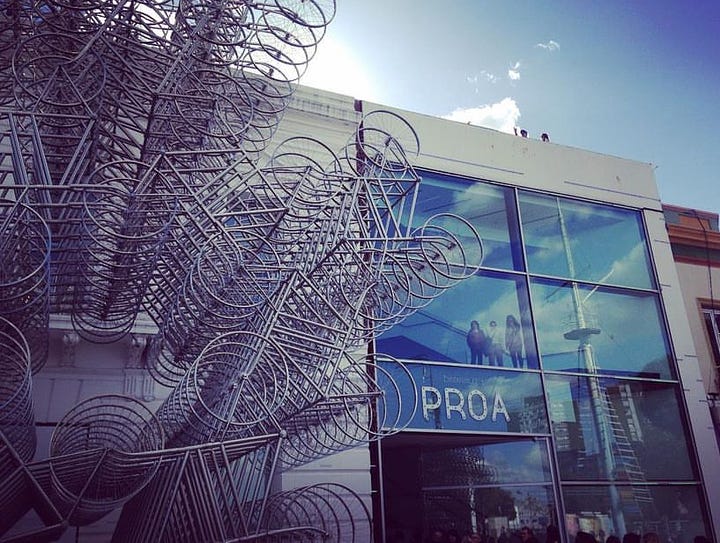
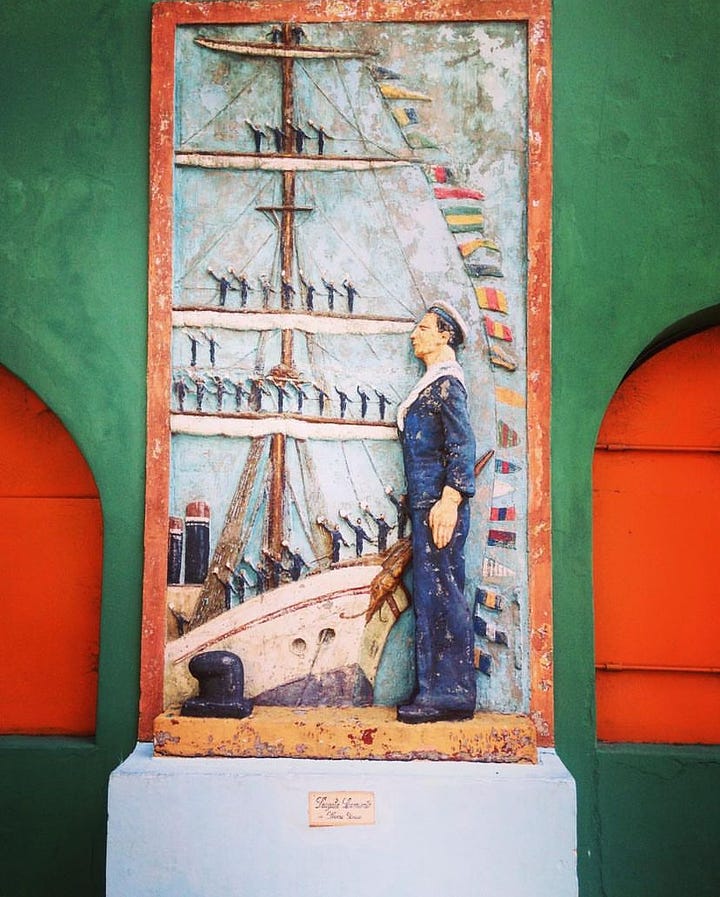
Buenos Aires is also known globally for its cultural institutions which are seemingly endless and affordable. Don’t miss the Evita Museum housed in a historic estate and features the famous first lady’s iconic dresses. The MALBA exhibits poignant South America and international artists steps from the myriad of public parks in Pallermo. The Recoleta Cemetery holds notable Argentinians, but what draws crowds is the ornate sculptures and mausoleums that grace the property. Unlike major cities around the globe, there isn’t an official Gayborhood in Buenos Aires, but the neighborhoods of Palermo, Villa Crespo, Recoleta, and Almagro are where you’ll find a smattering of gay clubs, dive bars, and queer-owned spaces. During the day Maricafe hosts a drag brunch and slings LGBTQ+ books while Gout Cafe is known for its aquamarine decor and “hetero-friendly” gluten-free baked goods.
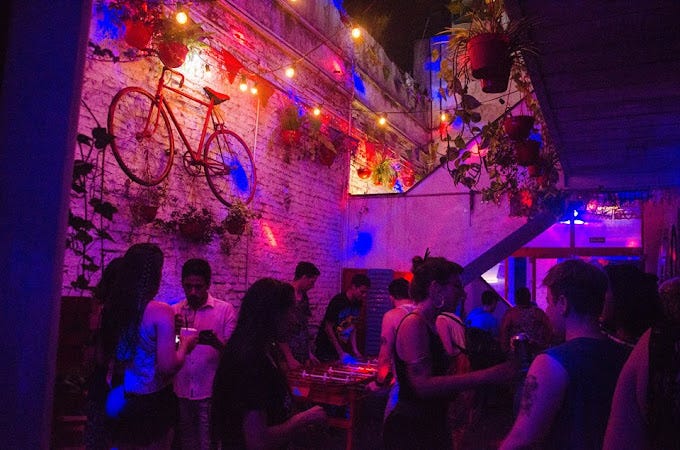
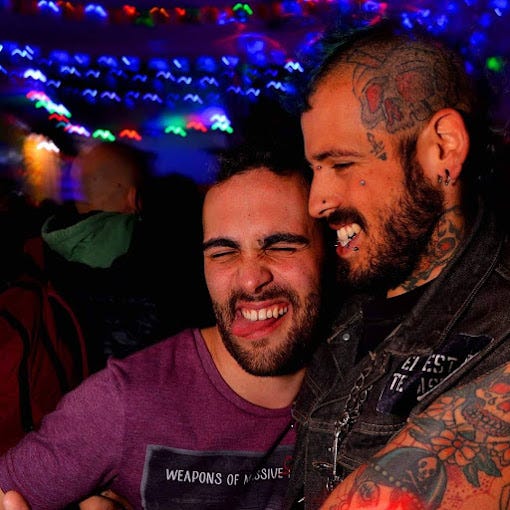
Nightlife:
Although you can find a multitude of outdoor patios to sip Aperol Spritzes during the day no one even thinks of going to the club until 2 am in Buenos Aires. In fact most people are just finishing dinner at 11 pm or midnight. Much like any large gay city, there are large pop diva-driven clubs such as Peuteo, KM zero, Glam Bar, Fiesta Plop, and the second largest gay club in LATAM Amerika. You’ll likely find crowded dance floors teeming with rowdy club kids mostly in their 20s, drag divas, and muscley go-go boys. Often clubs have dark rooms, but be sure to watch your valuables. Buenos Aires is infamous for its pickpocketers. Contramano is the city’s beloved gay dive and has been around since 1980s. Naturally, you’ll find an older more subdued crowd most nights. Work Bar’s construction-themed establishment is complete with hunky strippers, neon orange decor, and pulls a scruffier crowd.
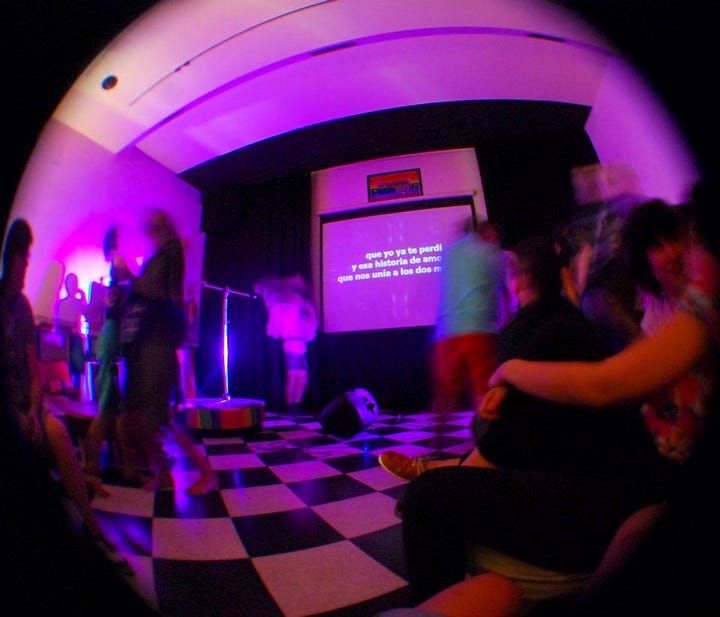
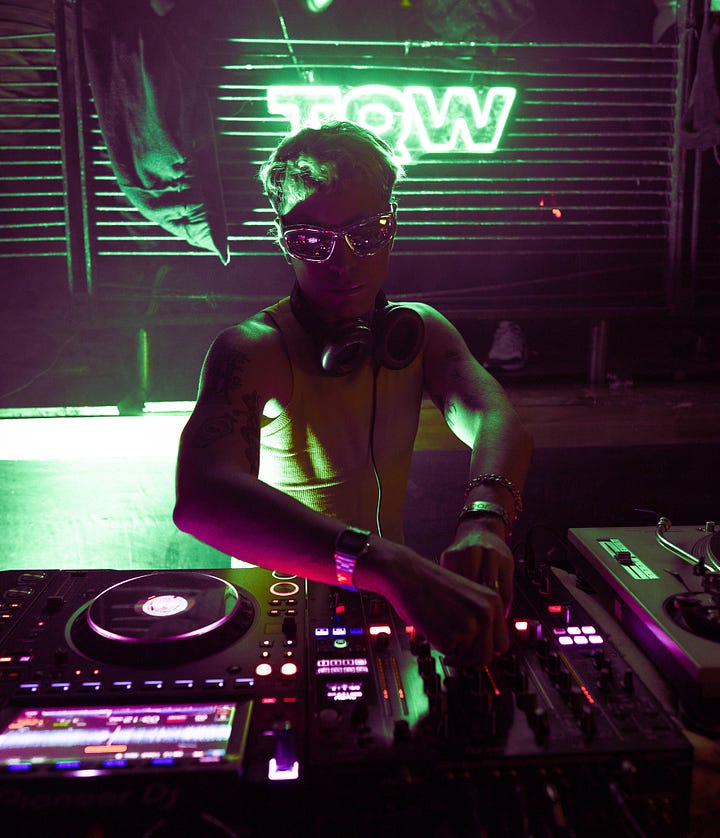
For those seeking an alternative scene look no further than Feliza Gay and Lesbian Bar. Its lively patio, eclectic decor, and wealth of outlandish events make it BA’s queer mecca. Similarly, Villa Crespo’s Casa Brandon is a cultural institution day or night. Think John Water’s reading, punk queer bands, and unhinged drag shows. Depending on the evening Niceto Club hosts the outlandish gay cabaret party Club 69, Cumbia electronica DJs, and indie bands from the BA-based ZZK records. Gay legends DJs Pareja are an integral part of the underground queer techno scene as well as their party FunFunFiesta.
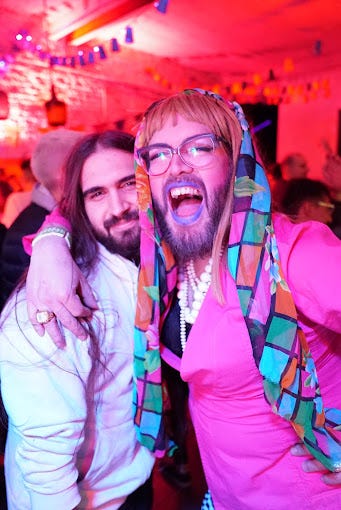
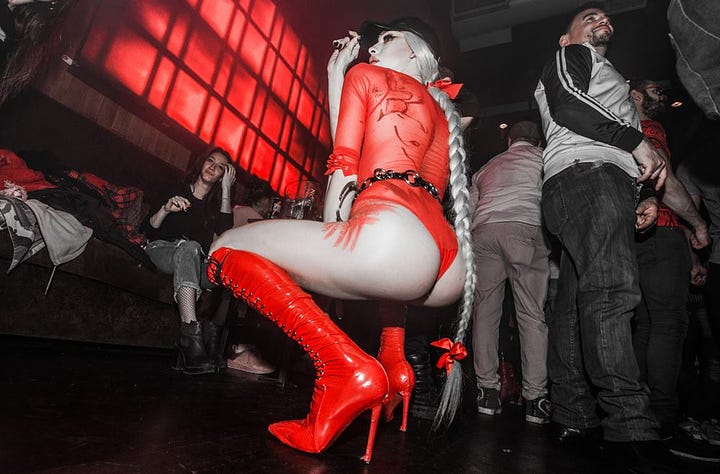
Part pop art-themed lounge, part sex arcade Zoom is the place to cruise glory holes and find a private cabana to get more intimate with strangers. Buenos Aires has two official bathhouses, which are only open during the day from 1 PM to 10 PM, have typical sauna services, and function as social bars. Madison Club de Hombres is on the smaller end and draws a more mature crowd, while Homsapiens’ expansive facility is the most frequented.
Outside of Buenos Aires:
Argentina has so much more to offer than just Buenos Aires. Cordoba to the inland North has an edgy college town vibe, Mendoza at the Eastern border with Chile is the official wine capital, and Ushuaia is the most southern city in the world as well as the gateway to Patagonia & Antarctica. Technically Buenos Aires is on the coast, but it’s not known for its beaches as it lies at the mouth of a flowing sediment-rich river. Luckily, you can take a note from locals and hop on a short ferry ride to Uruguay which holds the region’s most sought-after beaches. Sunbathe in the buff at Playa Chihuahua, party on a yacht in Punte Del Este, or soak up the bohemian vibes in Cabo Palonio & Valizas. The capital, Montevideo, while not as cosmopolitan as BA still holds its own LGBTQ+ identity and is worth exploring if you have the time. For more queer travel info about South America make sure to check out my guides Santiago, Valparaiso, Bogota, and Medellin.

